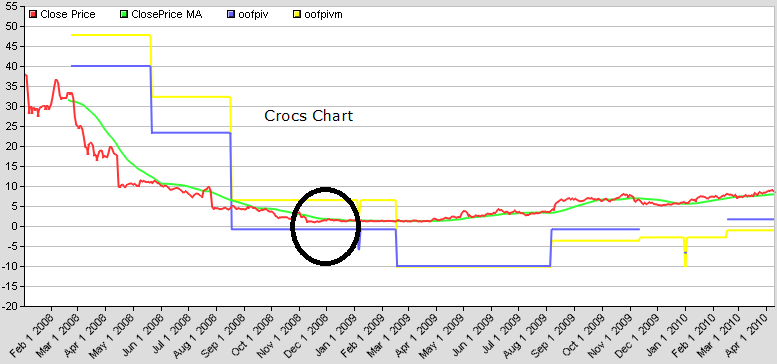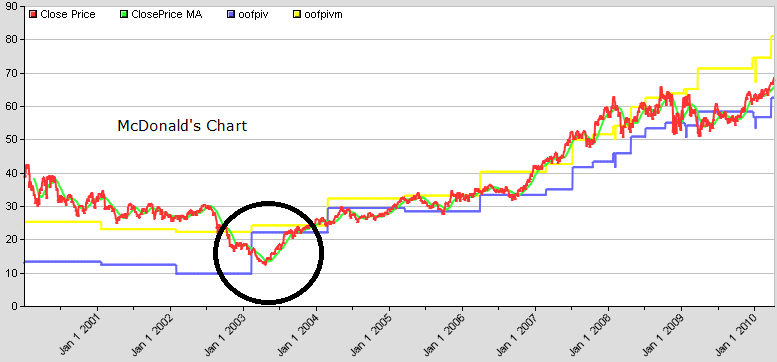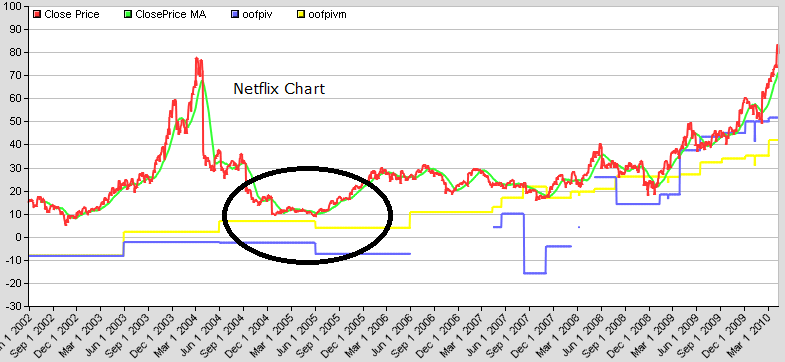Weekly Spread Re-Cap 3-18-11
In our spread book this week we focused on the SPY/IWM spread. We have been hedging our algorithm portfolio residual by shorting SPY’s, QQQQ’s, and a very small amount of IWM. This week we decided to periodically increase the amount of our IWM short by trading the sharp movements in SPY/IWM. The purpose of this exercise was to “learn” how the spread trades, capitalize on its sharp movements during a volatile period, and see how the portfolio performs with an increase in the IWM hedge. At the peak of the panic relating to Japan, large caps sold off more than small caps. At these moments we bought the spread, and unwound it later as the market rebounded. Additionally, shortly after the close, liquidity decreased enough to create some interesting opportunities. The spread sometimes traded at prices far from where it closed moments earlier.
Another spread we put on this Friday, was 1*NKE (Nike) – 2*GCO (Genesco). We had traded this one a few months ago. NKE was down over 9% this morning after reporting earnings last night. We bought the spread this morning for about $0.85 on the basis of “cockroach theory.” As of this writing the spread is trading at $2.44.
Written by Norm Winer. Follow me on Twitter and StockTwits

 Sunday, March 20, 2011 at 4:24PM
Sunday, March 20, 2011 at 4:24PM




